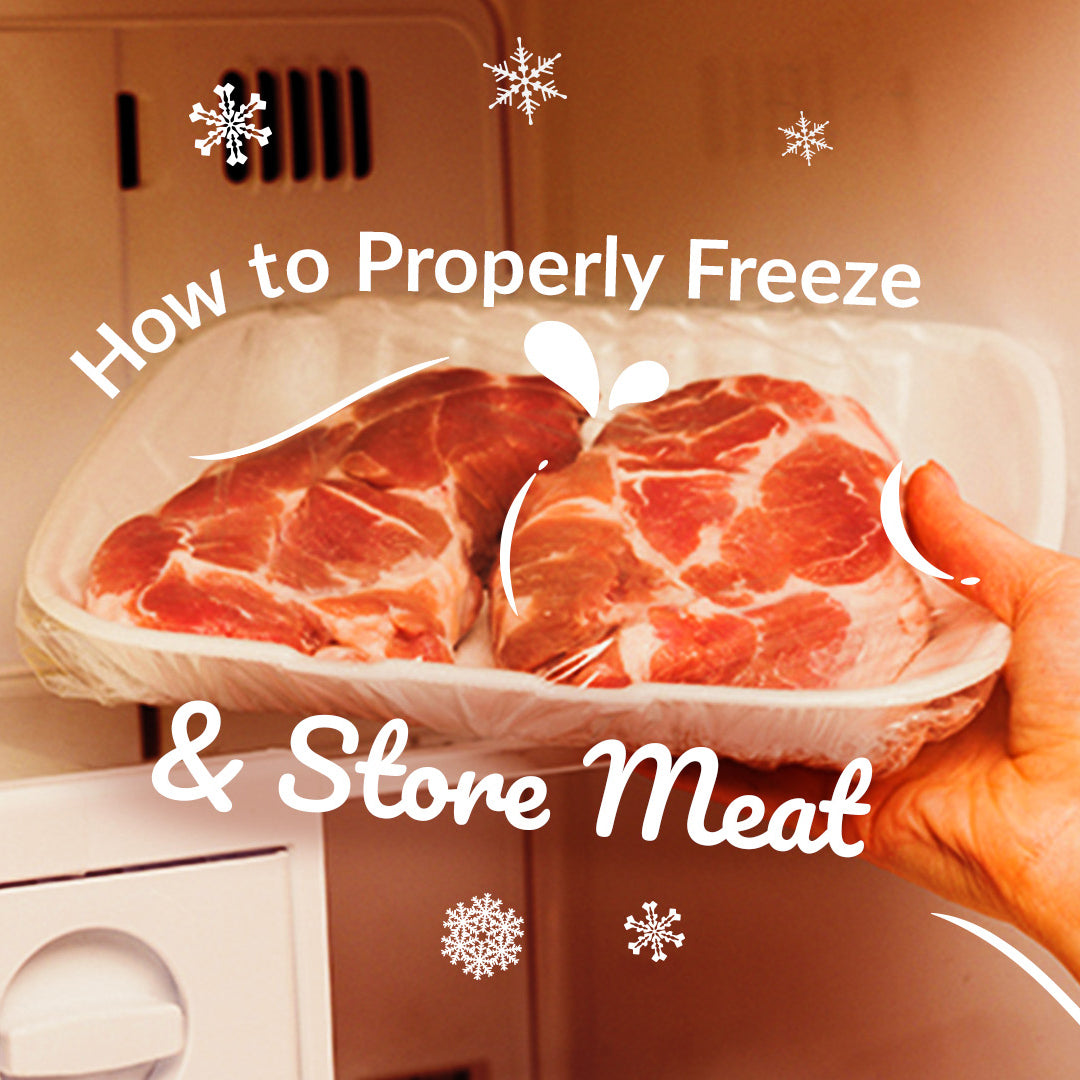
Essential Tips for Safely Storing Raw Meat
Ensuring the safety of the food we consume is a universal concern. When it comes to raw meat, proper storage practices are vital for maintaining freshness and minimizing the risk of foodborne illnesses. Let's explore some straightforward tips that apply to everyone, regardless of age or experience level, to help keep raw meat safe and delicious.
Optimal Temperature:
Start by maintaining the right temperature settings in your refrigerator and freezer. Keep the refrigerator between 34°F and 40°F (1°C to 4°C) and ensure the freezer is at or below 0°F (-18°C). These temperature ranges slow down the growth of bacteria, preserving the quality of raw meat.
Separation for Safety:
To prevent cross-contamination, store raw meat separately from other food items in your fridge. Consider using sealed containers or resealable bags to create a barrier and avoid any potential contact between different foods.
Secure Packaging:
Use airtight containers or vacuum-sealed bags to package raw meat. This helps maintain freshness by minimizing exposure to air, which can accelerate spoilage. Proper packaging also helps prevent odors from spreading to other items in the fridge.
Strategic Storage:
Place raw meat in the coldest areas of your fridge, typically at the back and bottom. This practice not only helps preserve freshness but also minimizes the risk of meat juices dripping onto other foods, reducing the chance of cross-contamination.
FIFO Principle:
Follow the "first in, first out" principle. Consume the older meat before newer purchases to avoid keeping items in the fridge for too long. This ensures that you use meat before it reaches its expiration date.
Thawing Guidelines:
Thaw frozen meat safely by using methods such as the refrigerator, microwave, or cold water in a sealed bag. Avoid thawing meat at room temperature, as this can promote rapid bacterial growth.
Keep it Clean:
Maintain a clean kitchen environment by regularly cleaning your refrigerator and freezer. Wipe up spills promptly and pay attention to temperature settings to create a hygienic space for your food.